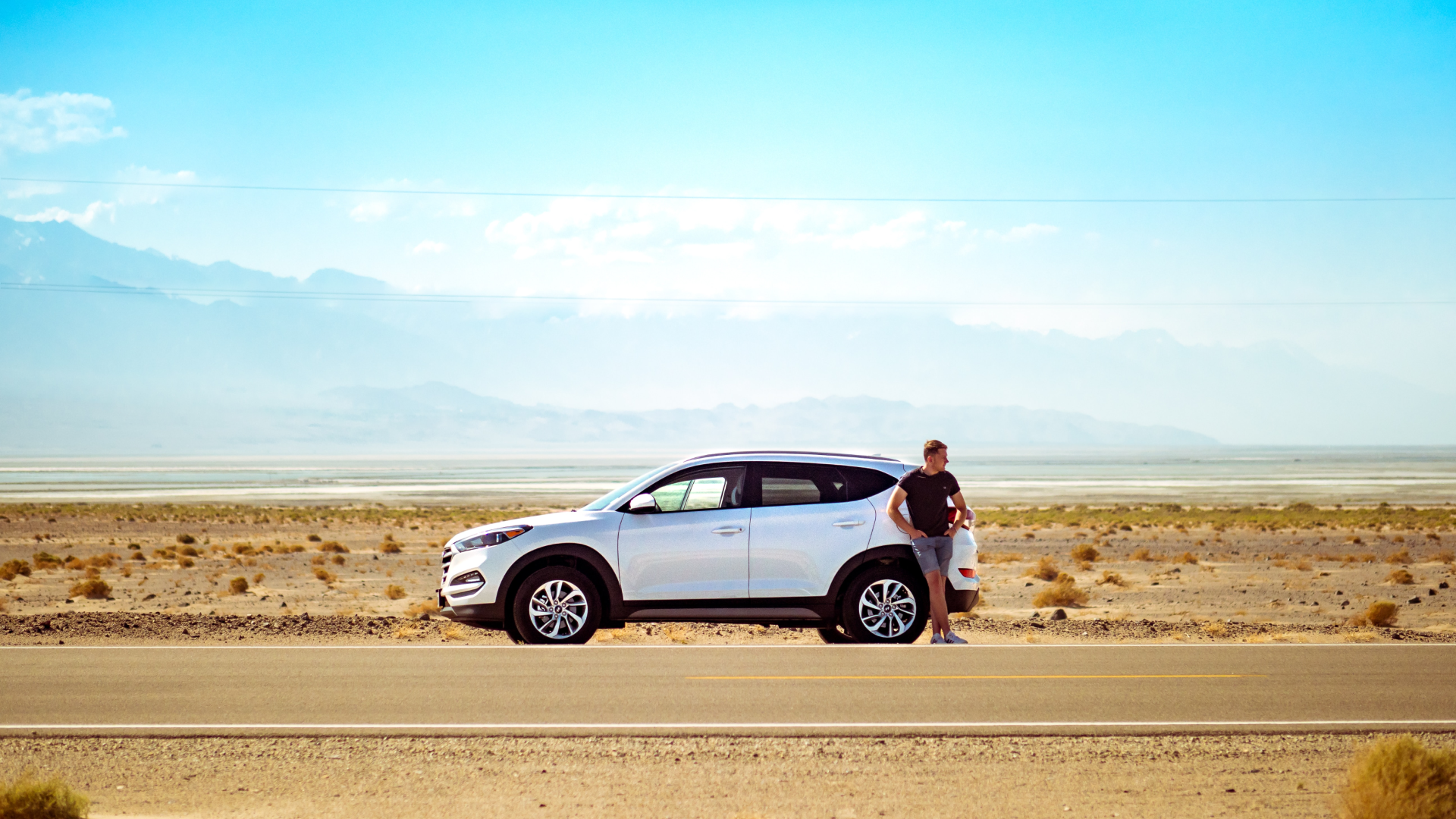Australian summers are synonymous with fun, but this fun is typically always accompanied by scorching heat. So while electric vehicle (EV) owners can look forward to sunny road trips and emission-free adventures, it’s essential to be mindful of the high temperatures that can affect your EV’s performance and battery health.
To help you make the most of your EV over the summer months, we’ve put together five hot weather tips to keep your car cool, efficient and ready for the road.
Plan Your Charging Times Wisely
The Australian summer can bring sweltering temperatures, especially in certain regions. To avoid overheating your EV’s battery during charging, it’s a good practice to schedule your charging sessions during cooler parts of the day. Early morning or late evening charging can help reduce the risk of battery overheating and ensure a smoother charging process. Not to mention, charging during off-peak hours can potentially result in a cost savings thanks to off-peak pricing in certain locations, such as at our Glebe EVX Polecharger.
Use Preconditioning
Many EVs come equipped with a preconditioning feature that allows you to cool down the cabin and battery before you start your journey. Take advantage of this feature during the summer to ensure a comfortable interior temperature and optimise battery performance. Using the car’s climate control while it’s still plugged in can help minimise the drain on your battery’s range.
Park in the Shade
Direct sunlight can cause your EV’s interior to heat up rapidly, which can be uncomfortable and reduce battery efficiency. Whenever possible, try to find a shaded spot to park your EV in. Parking in the shade helps keep your car cooler and minimises the need for energy-intensive air conditioning.
Monitor Battery Temperature
Most EVs provide information about the battery’s temperature. Keep an eye on this data to ensure your battery stays within the optimal operating range. If your EV offers a “battery cooling” feature, consider using it during extremely hot days to prevent overheating and protect your battery’s longevity.
Limit DC Fast Charging in Extreme Heat
While DC fast charging is convenient for long trips, it generates a significant amount of heat, which can be detrimental to your battery in extreme temperatures. To preserve your battery’s health, consider using Level 2 chargers for daily charging during the hottest days and reserve DC fast charging for when it’s necessary. If you’re not sure what is the “right” charging speed, learn more about the different charger types and applications here.
Driving an electric vehicle during the Australian summer can be a fantastic experience, offering a clean and efficient way to explore the country. By following these warm weather tips, you can beat the heat and enjoy the freedom of emission-free driving even on the hottest days.
For more ways to make the most of your EV, make sure to check out our blog on Optimising Your EV Experience.

